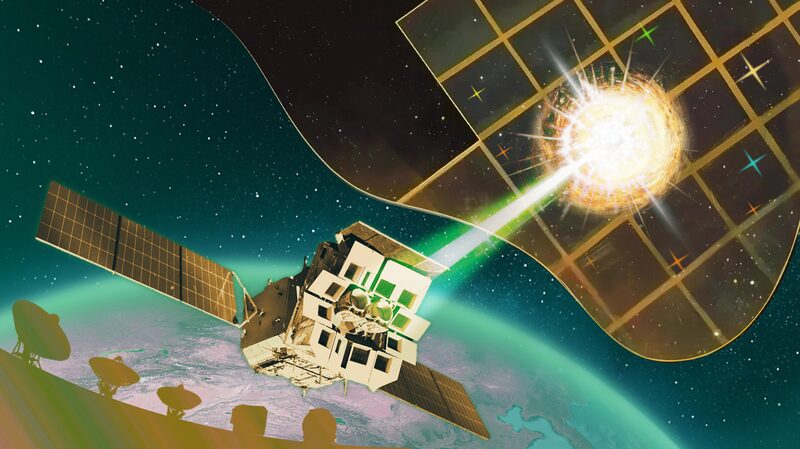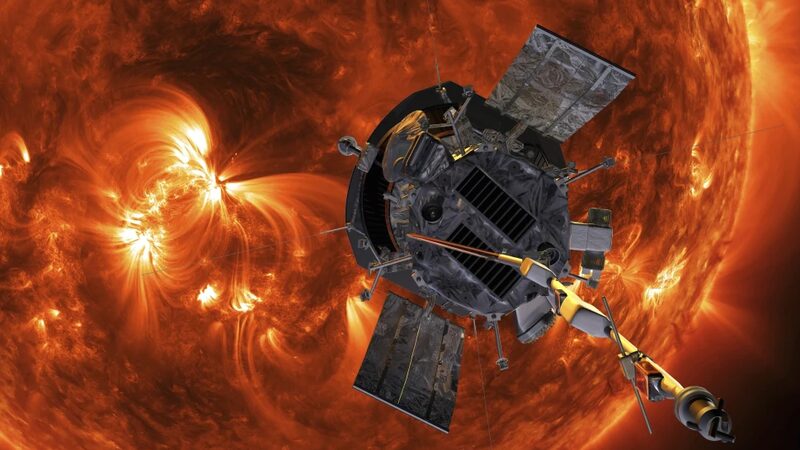Chinese scientists have made a groundbreaking discovery in solar physics by unveiling a new pattern of solar atmospheric rotation. Utilizing data from the Chinese H-alpha Solar Explorer (CHASE) satellite, the research team generated the first-ever precise three-dimensional representation of solar atmospheric rotation.
The findings, published in the esteemed journal Nature Astronomy on Thursday, shed new light on the intricate dynamics of our sun. The CHASE satellite, launched in 2021, provided unprecedented observational data that enabled researchers to delve deeper into understanding solar behavior.
“This achievement marks a significant milestone in solar research,” said one of the lead scientists. “For the first time, we can observe the sun’s atmospheric rotation in three dimensions, which opens up new avenues for studying solar phenomena and their impact on space weather.”
The discovery not only enhances our comprehension of the sun’s complex mechanisms but also has potential implications for predicting solar activities that can affect satellite communications and power grids on Earth. The precise 3D imagery of solar rotation could aid in forecasting solar flares and coronal mass ejections, contributing to better preparedness for such events.
This breakthrough underscores China’s growing role in space exploration and scientific research. The success of the CHASE mission demonstrates the capabilities of Chinese scientific and technological advancements in contributing valuable insights to the global scientific community.
Reference(s):
cgtn.com








